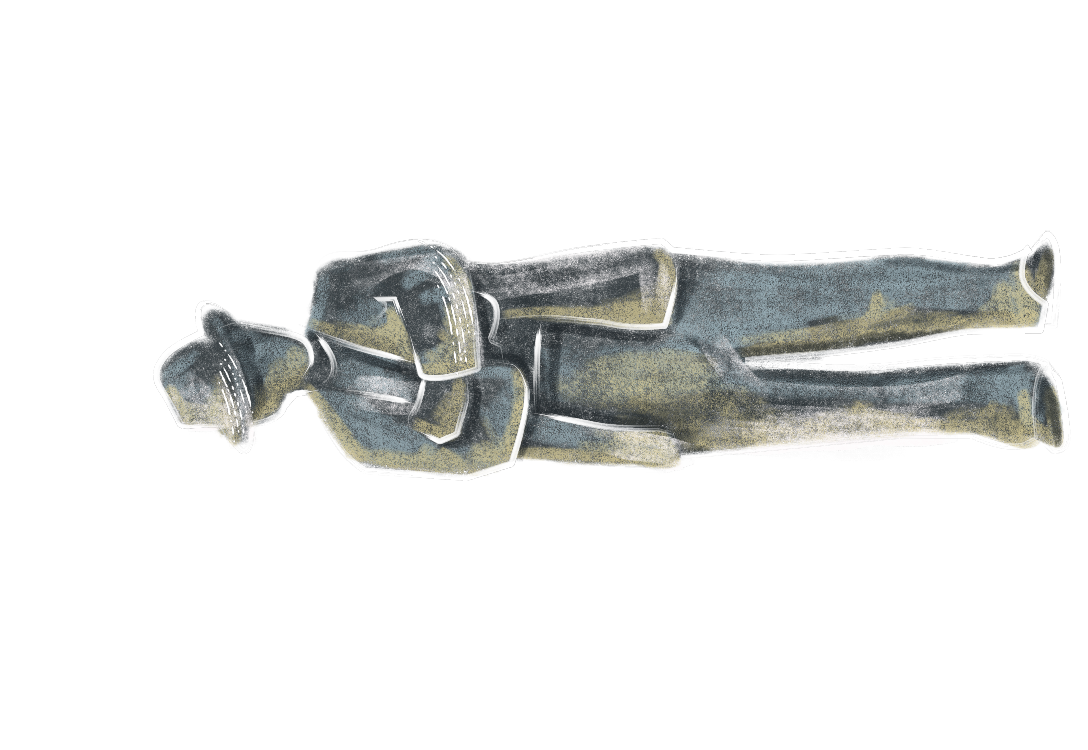

SCIENCE FICTION:
FICTION IS STRANGER THAN FACT
Ryoko Tomizawa, Course of Occupational Therapy, Department of Health Sciences, Akita University, Japan.
The English poet Lord Byron is credited with the phrase “Fact is stranger than fiction”. This idea is illustrated by a paradigm shift in medicine that occurred in Japan when its society and the environment faced a sudden crisis.
On March 11, 2011, a 9.0 magnitude earthquake struck eastern Japan, triggering a massive tsunami that caused catastrophic damage to coastal towns. The tsunami severely impacted a nuclear power plant in Fukushima Prefecture, resulting in the dangerous leakage of large amounts of radioactive material. The area surrounding this nuclear power plant was therefore designated as uninhabitable, transforming the lives of local residents overnight.
Traditionally, psychiatric care in Japan has been focused on inpatient services. With 269 psychiatric beds per 100,000 people, Japan has more psychiatric beds than any other country—well above the OECD average of 68 beds per 100,000 people (OECD 2014). Approximately, 70 percent of people in Japan with severe mental illnesses, such as schizophrenia, are hospitalized for over a year, while about 15 percent are hospitalized for more than 20 years (Ministry of Health, Labour and Welfare 2020)!
However, this nuclear accident prompted a significant shift in this situation. Five psychiatric hospitals and three clinics within a 30-kilometer radius of the nuclear power plant were destroyed by the tsunami and nuclear accident, leaving local residents with no access to institutions and professionals providing mental healthcare. In response to this crisis, new facilities led by psychiatrists, nurses, and occupational therapists were established, including individualized mental healthcare, outreach to high-risk residents, and salon activities to combat loneliness. In the aftermath of the disaster, psychiatric hospitals (either reopened or newly established) complemented by community-based care (such as regular consultations with psychiatrists and outreach by various professionals), facilitated the assimilation of individuals with mental illnesses into the community (Reconstruction Agency 2013). Interestingly, some people discharged from the hospital due to shortage of beds, successfully adapted to community living and regained a sense of purpose in their lives (Keijibengo Oasis Consortium 2022).
Several conclusions can be drawn from this story: it primarily highlights the importance of eliminating preconceptions. The prevailing belief in Japan that “people with mental illnesses cannot live in the community,” was rooted in prejudice and discrimination, leading to the current mental health system. To establish a new social system that accommodates both individuals with and without disabilities, as well as those with diverse values, we must adopt a new perspective free from preconceived notions. The first step would be to bring together people from diverse backgrounds and make them aware of their own preconceptions. This could be followed by discussions on the actions necessary to achieve occupational justice, which ensure that all people can engage in meaningful work, meet their needs, and realize their potential (Hocking 2017).
While the current state of society and the environment can be distressing, it also presents an opportunity for change and innovation. This third volume of Occupational Punk offers a unique opportunity to envision the future through the perspectives of how occupational therapists can promote harmonious everyday lives even among diverse situations, and how we can view and support everyday odysseys through a lens of possibility and change. Indeed, fiction is stranger than fact. While we confront the looming global crisis driven by technological innovations such as artificial intelligence and by environmental degradation, Occupational Punk serves as a treasure trove of fresh perspectives and ideas that encourage us to imagine and work toward a healthier future. The fourteen science-fiction stories in this third volume of Occupational Punk demonstrate that amid critical societal and environmental challenges, the fundamental perspective of occupational therapists remains unchanged.
With this fundamental perspective in mind, what can occupational therapists do for society and the environment, beyond individual care? This challenge is a vital task for occupational therapists in modern society.
References
Hocking, C. (2017). Occupational justice as social justice: The moral claim for inclusion. Journal of Occupational Science, 24(1), 29–42. https://doi.org/10.1080/14427591.2017.1294016
Keijibengo Oasis Consortium (2022). A story about mental health policy and the right to live in the community. [accessed April 8, 2025] (in Japanese)
Ministry of Health, Labour and Welfare (2020). The current state of mental health, medical care and welfare. [accessed April 8, 2025] (in Japanese)
https://www.mhlw.go.jp/content/12200000/000607971.pdf.
OECD (2014). Making mental health count: The social and economic costs of neglecting mental health care. Paris: OECD Publishing, pp.112–115
Reconstruction Agency (2013). Case studies on the New Tohoku: Challenges to solve local issues—creating a new psychiatric healthcare system. [accessed April 8, 2025] (in Japanese)
